Tech Bytes: Automating Cloud Networks With Gluware (Sponsored)
Today on the Tech Bytes podcast, sponsored by Gluware, we discuss automating cloud networks. Our guest is Mike Haugh, VP of Product Marketing. Mike takes us through how Gluware worked with a customer to integrate with Terraform to automate standing up AWS resources.Tech Bytes: Automating Cloud Networks With Gluware (Sponsored)
Today on the Tech Bytes podcast, sponsored by Gluware, we discuss automating cloud networks. Our guest is Mike Haugh, VP of Product Marketing. Mike takes us through how Gluware worked with a customer to integrate with Terraform to automate standing up AWS resources.
The post Tech Bytes: Automating Cloud Networks With Gluware (Sponsored) appeared first on Packet Pushers.
Cisco SD-WAN – Part II: Manual vEdge Provision Process
Introduction
This chapter explains how we can provision vEdge devices manually. It starts by explaining how to build an initial system and tunnel interface configurations. Then it goes through the various certificate installation steps (CA root certificate, Certificate Signing Request (CSR), and granted certificate). After the initial configuration and certificate process section, this chapter shows how we can verify the Control Plane operation. Figure 2-1 illustrates our example topology. For simplicity, there are only two vEdge devices used in this chapter.
 |
Figure 2-1: SD-WAN Topology. |
Continue reading
In-band Network Telemetry (INT)
The recent addition of in-band streaming telemetry (INT) measurements to the sFlow industry standard simplifies deployment by addressing the operational challenges of in-band monitoring.
The diagram shows the basic elements of In-band Network Telemetry (INT) in which the ingress switch is programmed to insert a header containing measurements to packets entering the network. Each switch in the path is programmed to append additional measurements to the packet header. The egress switch is programmed to remove the header so that the packet can be delivered to its destination. The egress switch is responsible for processing the measurements or sending them on to analytics software.
There are currently two competing specifications for in-band telemetry:
Common telemetry attributes from both standards include:
- node id
- ingress port
- egress port
- transit delay (egress timestamp - ingress timestamp)
- queue depth
Visibility into network forwarding performance is very useful, however, there are practical issues that should be considered with the in-band telemetry approach for collecting the measurements:
- Transporting measurement headers is complex with different encapsulations for each transport protocol: Geneve, VxLAN, GRE, UDP, TCP etc.
- Addition of headers increases the size of packets and risks causing Continue reading
The Week in Internet News: U.K. to Roll Out Gigabit Broadband
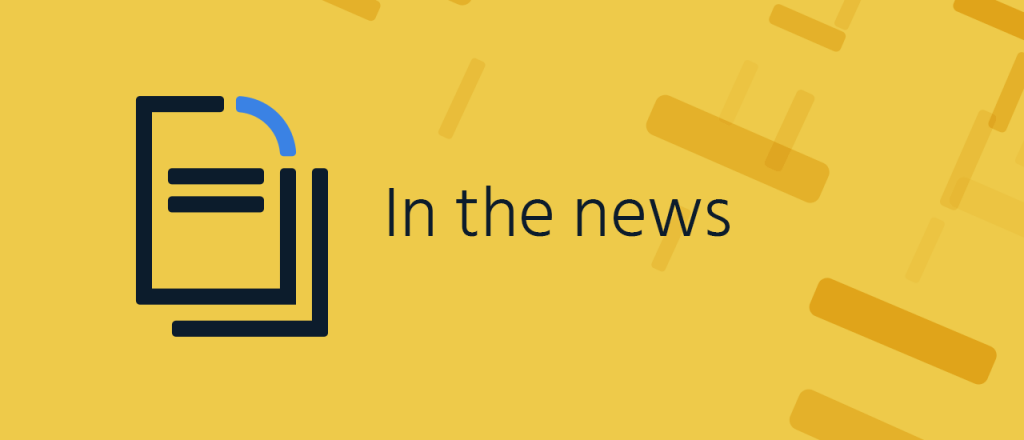
Blazing speeds: The U.K. government has announced the areas that will first get gigabit broadband service as part of an ambitious plan to roll out super high-speed Internet service to 85 percent of the nation by 2025, the BBC reports. First on the list are homes and businesses in Cambridgeshire, Cornwall, Cumbria, Dorset, Durham, Essex, Northumberland, South Tyneside, and Tees Valley.
Protect the DNS: The U.S. National Security Agency and the Cybersecurity and Infrastructure Security Agency are pushing for a new security service, called Protective DNS, for the Internet’s Domain Name System, Nextgov says. Protective DNS “is different from earlier security-related changes to DNS in that it is envisioned as a security service – not a protocol – that analyzes DNS queries and takes action to mitigate threats, leveraging the existing DNS protocol and architecture,” says a guide from the NSA and CISA. The goal is to foil more than 90 percent of all malware attacks.
Tracking all the phones: Apple is warning that Chinese app makers are creating workarounds for the company’s upcoming limits on ad tracking on its iPhones, the South China Morning Post writes. An upcoming software update from Apple requires users to give permission Continue reading
Announcing Network On-ramp Partners for Cloudflare One
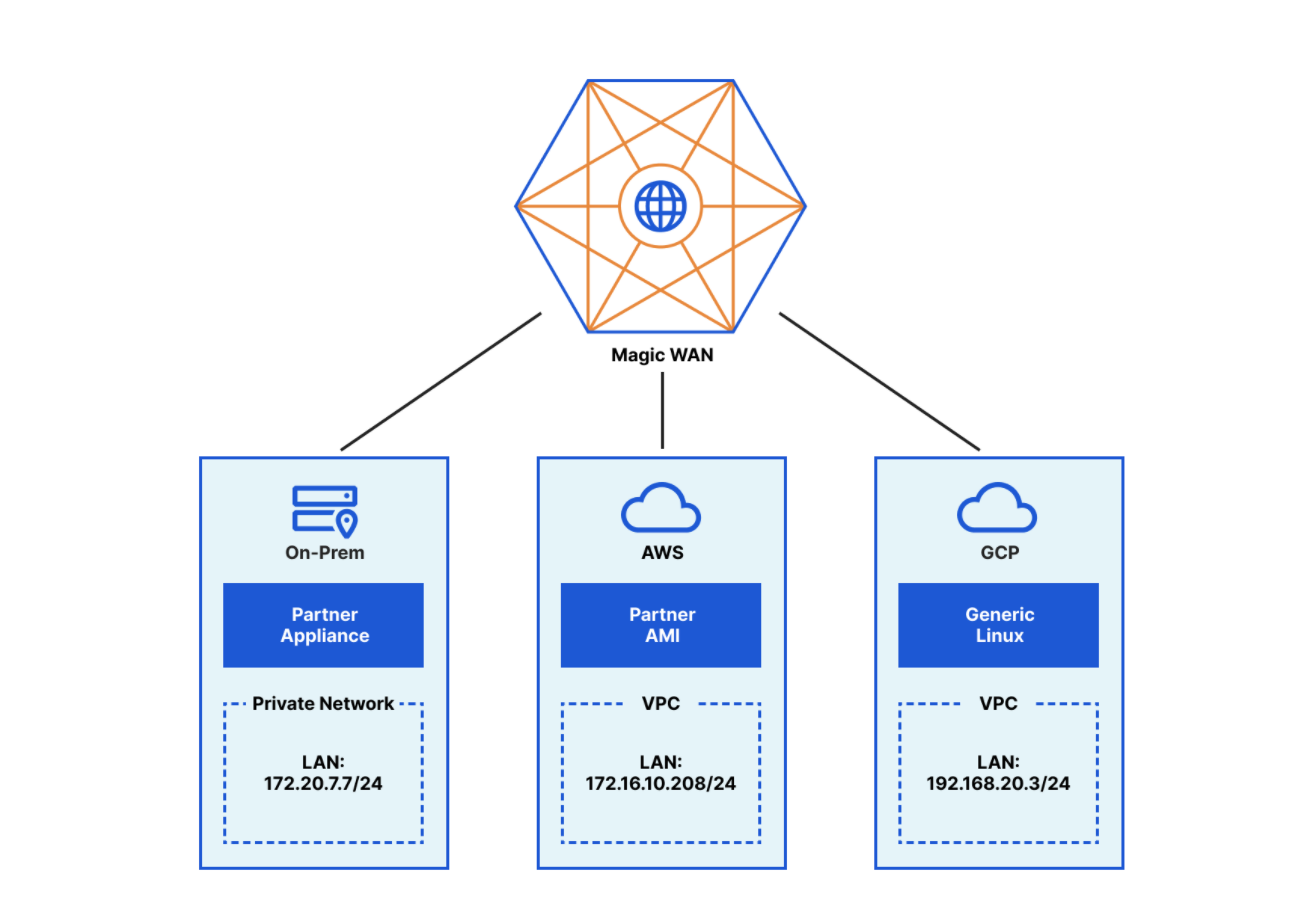
Today, we’re excited to announce our newest Network On-ramp Partnerships for Cloudflare One. Cloudflare One is designed to help customers achieve a secure and optimized global network. We know the promise of replacing MPLS links with a global, secure, performant and observable network is going to transform the corporate network. To realize this vision, we’re launching partnerships so customers can connect to Cloudflare’s global network from their existing trusted WAN & SD-WAN appliances and privately interconnect via the data centers they are co-located in.

Today, we are launching our WAN and SD-WAN partnerships with VMware, Aruba and Infovista. We are also adding Digital Realty, CoreSite, EdgeConneX, 365 Data Centers, BBIX, Teraco and Netrality Data Centers to our existing Network Interconnect partners Equinix ECX, Megaport, PacketFabric, PCCW ConsoleConnect and Zayo. Cloudflare’s Network On-ramp partnerships now span 15 leading connectivity providers in 70 unique locations, making it easy for our customers to get their traffic onto Cloudflare in a secure and performant way, wherever they are.
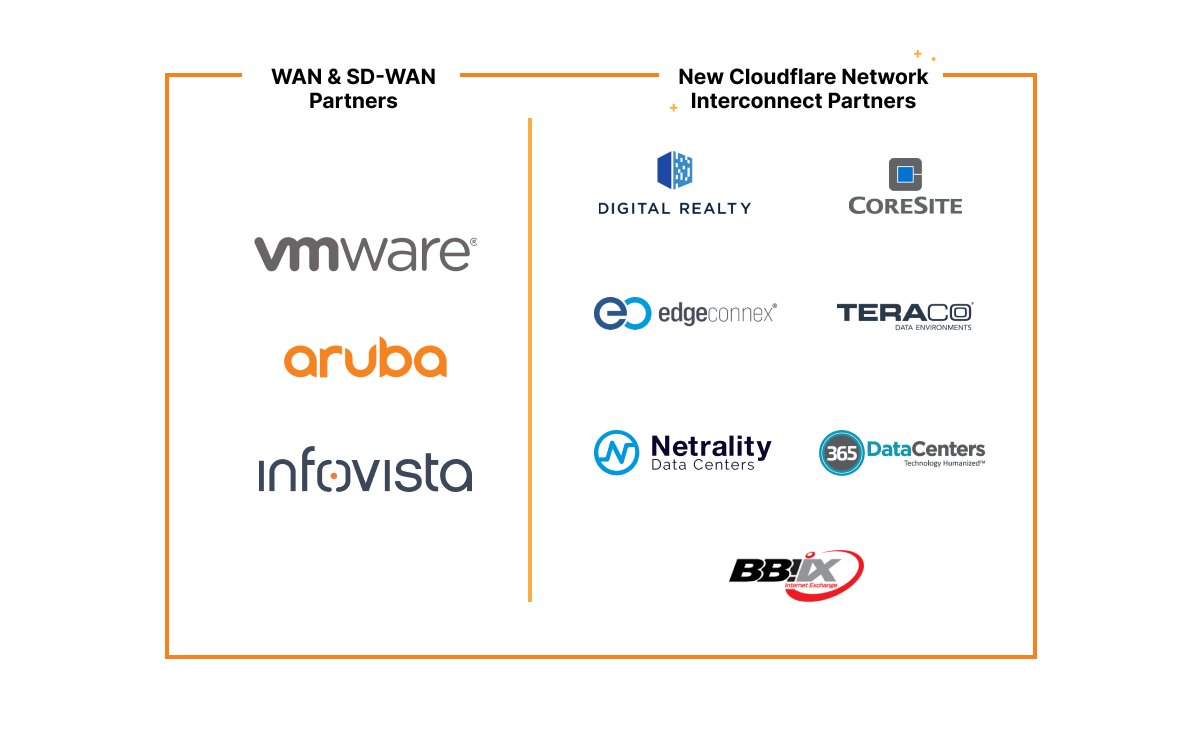
Connect to Cloudflare using your existing WAN or SD-WAN Provider
With Magic WAN, customers can securely connect data centers, offices, devices and cloud properties to Cloudflare’s network and configure routing policies Continue reading
Magic WAN & Magic Firewall: secure network connectivity as a service
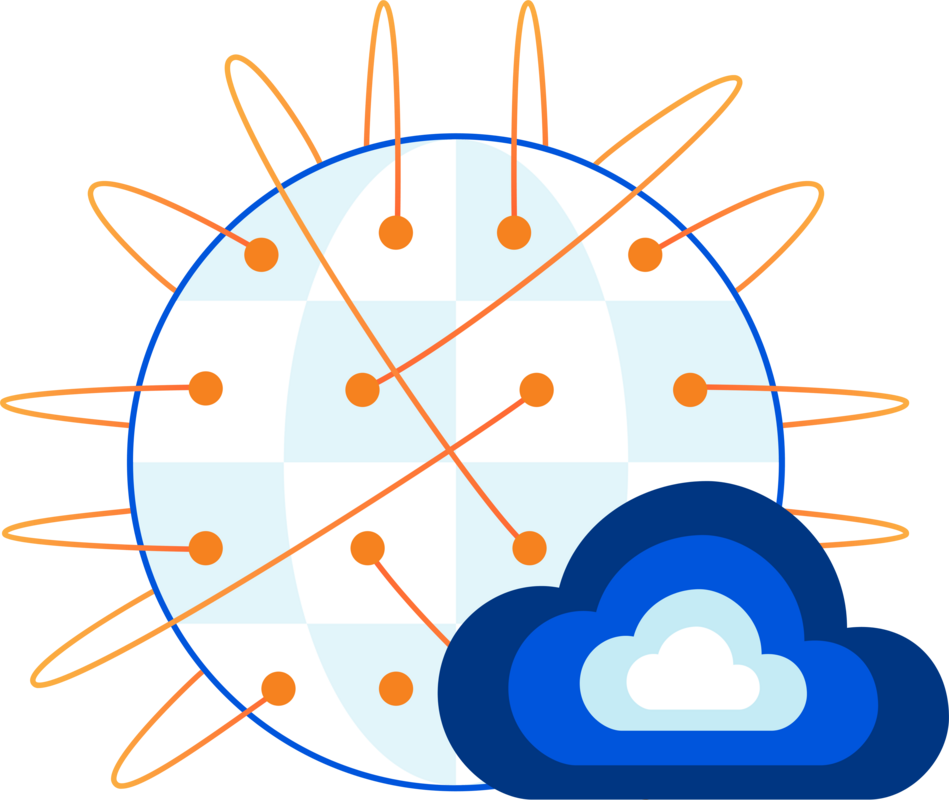

Back in October 2020, we introduced Cloudflare One, our vision for the future of corporate networking and security. Since then, we’ve been laser-focused on delivering more pieces of this platform, and today we’re excited to announce two of its most foundational aspects: Magic WAN and Magic Firewall. Magic WAN provides secure, performant connectivity and routing for your entire corporate network, reducing cost and operational complexity. Magic Firewall integrates smoothly with Magic WAN, enabling you to enforce network firewall policies at the edge, across traffic from any entity within your network.
Traditional network architecture doesn’t solve today’s problems
Enterprise networks have historically adopted one of a few models, which were designed to enable secure information flow between offices and data centers, with access to the Internet locked down and managed at office perimeters. As applications moved to the cloud and employees moved out of offices, these designs stopped working, and band-aid solutions like VPN boxes don’t solve the core problems with enterprise network architecture.
On the connectivity side, full mesh MPLS (multiprotocol label switching) networks are expensive and time consuming to deploy, challenging to maintain, exponentially hard to scale, and often have major gaps in visibility. Other architectures require backhauling Continue reading
There’s No Recipe for Success
TL&DR: There cannot be a simple and easy recipe for success, or everyone else would be using it.
My recent chat with David Bombal about networking careers' future resulted in tons of comments, including a few complaints effectively saying I was pontificating instead of giving out easy-to-follow recipes. Here’s one of the more polite ones:
No tangible solutions given, no path provided, no actionable advice detailed.
I totally understand the resentment. Like a lot of other people, I spent way too much time looking for recipes for success. It was tough to admit there are none for a simple reason: if there was a recipe for easy success, everyone would be using it, and then we’d have to redefine success. Nobody would admit that being average is a success, or as Jeroen van Bemmel said in his LinkedIn comment:
Success requires differentiation, which cannot be achieved by copying others. As Steve Jobs put it: “Be hungry, stay foolish”
There’s No Recipe for Success
TL&DR: There cannot be a simple and easy recipe for success, or everyone else would be using it.
My recent chat with David Bombal about networking careers’ future resulted in tons of comments, including a few complaints effectively saying I was pontificating instead of giving out easy-to-follow recipes. Here’s one of the more polite ones:
No tangible solutions given, no path provided, no actionable advice detailed.
I totally understand the resentment. Like a lot of other people, I spent way too much time looking for recipes for success. It was tough to admit there are none for a simple reason: if there was a recipe for easy success, everyone would be using it, and then we’d have to redefine success. Nobody would admit that being average is a success, or as Jeroen van Bemmel said in his LinkedIn comment:
Success requires differentiation, which cannot be achieved by copying others. As Steve Jobs put it: “Be hungry, stay foolish”
Log Management’s Benefits for a Remote and Hybrid Workforce
IT departments can leverage centralized log management to maintain and secure hybrid workforces by addressing network performance while also gaining actionable insight into potential weaknesses.Measuring propagation using FT8
One obvious thing that you can do after putting up an amateur radio antenna is to operate a bit on FT8, to see how the propagation goes. Just transmit on all bands and see how for you get.
E.g. this map on pskreporter.info with 10W on my EFHW:

You can also use the [reverse beacon network][rev] with morse code:
![]()
But that’s just a few samples. What about more statistical data? And propagation over time? I don’t have access to the raw data from pskreporter.info, and even if I did I can’t just set up an automatic beacon tx round the clock every day without requesting a Notice of Variation.
I may do that some day, but it’s a project for another time.
For this post what I want to know is if my antenna setup is better for 20m or 40m. Subjectively it seems like more is trickling in on 40m. And when they say that 40m is better “at night”, what time exactly do they mean?
For passive listening my data will, of course, be heavily skewed by when people are awake and active. But that means it’s skewed towards representing “if I call CQ, how Continue reading
pygnmi 9. The safest way to store credentials for network devices.
Hello my friend,
Recently we were asked, what is the safest way to store the credentials for network devices to your automation tools (e.g., the one based on Python and gNMI). Building the network automation solutions for a while, we have a good answer to you.
2
3
4
5
retrieval system, or transmitted in any form or by any
means, electronic, mechanical or photocopying, recording,
or otherwise, for commercial purposes without the
prior permission of the author.
What is the most promising network automation protocol ?
gNMI was created by Google to manage their data centres and backbone network and is widely used by other biggest companies worldwide. However, it doesn’t mean that only the big guys can benefit from that. Every company and network can get the advantage of a single protocol for the configuration, operation, and streaming telemetry in their network provided your network devices support that.
At our trainings, advanced network automation and automation with Nornir (2nd step after advanced network automation), we give you detailed knowledge of all the technologies relevant:
- Data encoding (free-text, XML, JSON, YAML, Protobuf)
- Model-driven network automation Continue reading
Welcome to Cloudflare Security Week 2021!


Today kicks off Cloudflare's 2021 Security Week. Like all innovation weeks at Cloudflare, we'll be announcing a dizzying number of new products, opening products that have been in beta to general availability, and talking to customers and through use cases on how to use our network to fulfill our mission of helping build a better Internet.
In Cloudflare's early days, I resisted the label of being a "security company." It seemed overly limiting. Instead, we were setting out to fix the underlying "bugs" of the Internet. The Internet was never built for what it's become. We started Cloudflare to fix that. Being more secure was table stakes, but we also wanted to make the Internet faster, more reliable, and more efficient.
But a lot of what we do is about security. Approximately half our products are security related. And that makes sense because some of the Internet's deepest flaws are that it specifically did not engineer in security from the beginning.
Security: The Internet’s Afterthought
John Graham-Cumming, Cloudflare's CTO, gives a terrific talk about how the Internet we all have come to rely on wasn’t designed to have the security we all need. In Tim Berners-Lee's original proposal for Continue reading
Worth Reading: Splitting the Ping
I hope you’re aware that the venerable ping (and most of its variants) measures round-trip-time – how long it takes to get to the destination and back – but is there a way to measure one-way latency or find out asymmetric transit times?
Ben Cox found a way to use ICMP timestamps together with reasonably accurate NTP-derived time to do just that. More details in Splitting the ping (HT: Drew Conry-Murray).
Worth Reading: Splitting the Ping
I hope you’re aware that the venerable ping (and most of its variants) measures round-trip-time – how long it takes to get to the destination and back – but is there a way to measure one-way latency or find out asymmetric transit times?
Ben Cox found a way to use ICMP timestamps together with reasonably accurate NTP-derived time to do just that. More details in Splitting the ping (HT: Drew Conry-Murray).
Basics First and Basics Last

This week I found my tech life colliding with my normal life in an unintended and somewhat enlightening way. I went to a store to pick up something that was out of stock and while I was there making small talk the person behind the counter asked me what I did for a living. I mentioned technology and he said that he was going to college for a degree in MIS, which just happens to be the thing I have my degree in. We chatted about that for a few more minutes before he asked me something I get asked all the time.
“What is the one thing I need to make sure I pay attention to in my courses?”
It’s simple enough, right? You’ve done this before and you have the benefit of hindsight. What is the one thing that is most important to know and not screw up? The possible answers floating through my head were all about programming or analytical methods or even the dreaded infrastructure class I slept through and then made a career out of. But what I said was the most boring and most critical answer one could give.
“You need to know Continue reading
Moving k8s communication to gRPC


Over the past year and a half, Cloudflare has been hard at work moving our back-end services running in our non-edge locations from bare metal solutions and Mesos Marathon to a more unified approach using Kubernetes(K8s). We chose Kubernetes because it allowed us to split up our monolithic application into many different microservices with granular control of communication.
For example, a ReplicaSet in Kubernetes can provide high availability by ensuring that the correct number of pods are always available. A Pod in Kubernetes is similar to a container in Docker. Both are responsible for running the actual application. These pods can then be exposed through a Kubernetes Service to abstract away the number of replicas by providing a single endpoint that load balances to the pods behind it. The services can then be exposed to the Internet via an Ingress. Lastly, a network policy can protect against unwanted communication by ensuring the correct policies are applied to the application. These policies can include L3 or L4 rules.
The diagram below shows a simple example of this setup.

Though Kubernetes does an excellent job at providing the tools for communication and traffic management, it does not help the developer decide the Continue reading
Random Employee Chats at Cloudflare
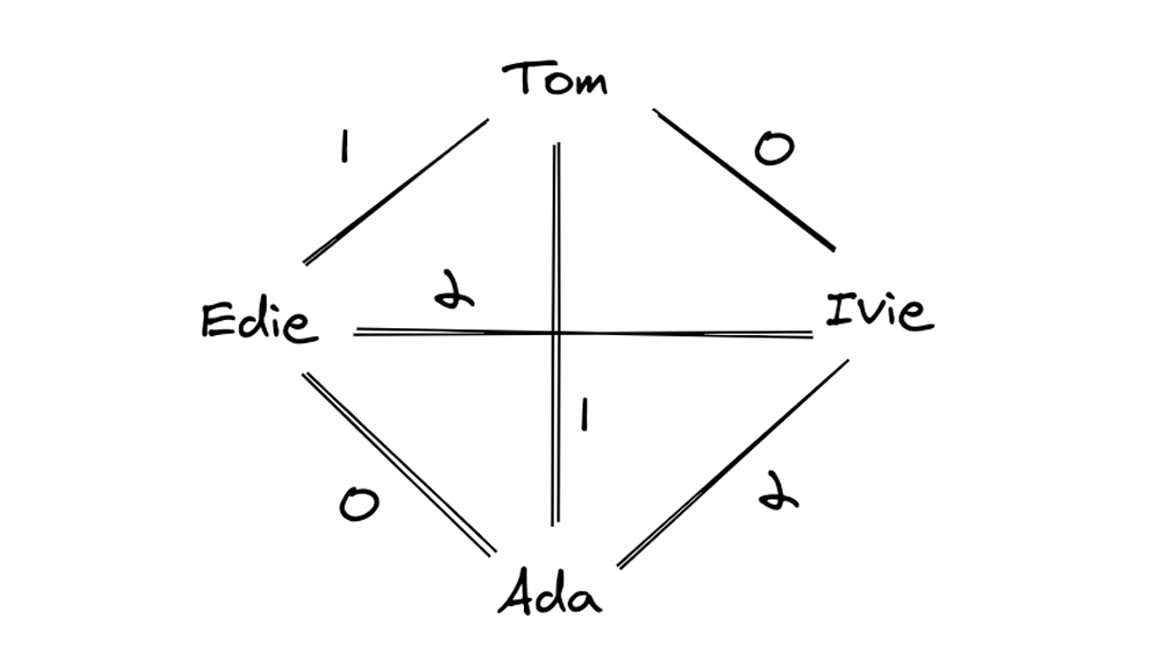
Due to the COVID-19 pandemic, most Cloudflare offices closed in March 2020, and employees began working from home. Having online meetings presented its own challenges, but preserving the benefits of casual encounters in physical offices was something we struggled with. Those informal interactions, like teams talking next to the coffee machine, help form the social glue that holds companies together.
In an attempt to recreate that experience, David Wragg, an engineer at Cloudflare, introduced “Random Engineer Chats” (We’re calling them “Random Employee Chats” here since this can be applied to any team). The idea is that participants are randomly paired, and the pairs then schedule a 30-minute video call. There’s no fixed agenda for these conversations, but the participants might learn what is going on in other teams, gain new perspectives on their own work by discussing it, or meet new people.
The first iteration of Random Employee Chats used a shared spreadsheet to coordinate the process. People would sign up by adding themselves to the spreadsheet, and once a week, David would randomly form pairs from the list and send out emails with the results. Then, each pair would schedule a call at their convenience. This process was the Continue reading

